PEMF therapy, or pulsed electro-magnetic field therapy, is the therapeutic application of a pulsed electro-magnetic field across the body or the specific area being treated with the aim of normalizing and stabilizing the voltage gradients of the cells via the micro-currents it induces.
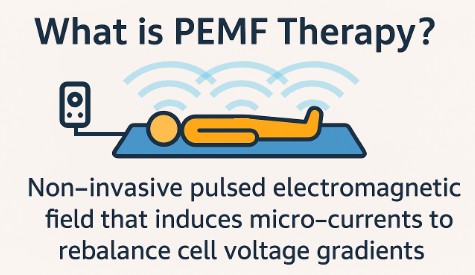
Fundamentally the function is that the pulsing electro-magnetic field induces micro-currents in the body which can assist in aligning polarities and voltage gradients of the body’s cells, and especially so in damaged or distressed cells.
It’s a therapy which aims to optimize cellular function and it’s generic in that it isn’t intended to treat any one single condition, rather, by improving the function of the body’s own cells it can improve overall health.
This is the reason, I believe, why the benefits of PEMF are quite wide ranging, both anecdotally and what we saw of the studies in the research database we built – check out a full list of these and breakdown on our benefits of PEMF page.
Magnetic therapy as a concept is not new, it’s been around for thousands of years, while the powered versions like PEMF aren’t that old, the first FDA approval for a PEMF device was all the way back in 1979.
What’s its’ function, how does PEMF Work?
As mentioned above, PEMF works to improve voltage gradients of the body’s cells.
The therapy is non-invasive because the application is made externally via the pulsing magnetic field which is generated in external coils (typically housed in an applicator, like a PEMF mat).
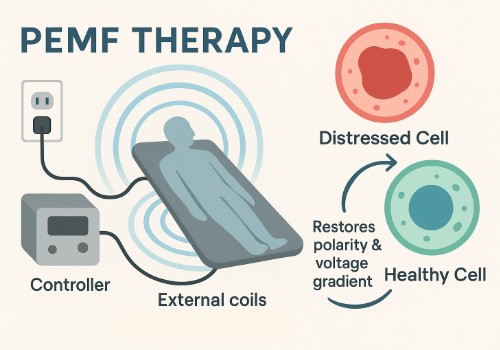
A signal generator is also required to generate the electronic signal put through the external coils, this is usually known as a “controller”; though some lower grade PEMF devices and mats will use a “carrier” signal (power from the wall outlet at 60hz) and pulse that through the controller instead of generating their own signal.
Damaged or distressed cells typically have a deficiency in their voltage gradient, and therefore PEMF can be of greater benefit to them than to a healthy cell.
I go into more details of this concept and how PEMF works on our How PEMF Therapy Works page, but to help us understand “What is PEMF” lets look at how PEMF is defined next, what it looks like.
What does PEMF look like?
How to define PEMF therapy, is really a question of, how to define its’ pulsing electro-magnetic field.
So what does a pulsing electro-magnetic field look like?
Not easy to define because the field itself is going to depend on number of coils, their placement, etc. but we can get an idea of differences by looking at the PEMF signal, the electrical signal going into the coils themselves.
I think it’s useful to look at some examples of what shapes a PEMF signal can take to help understand what PEMF is, just like if I was trying to explain what a car was to someone, I would show them some photos of different vehicles.
So to begin, a pulsing electro-magnetic field, PEMF, is defined primarily by the following 3 properties: waveform shape, frequency, and intensity.
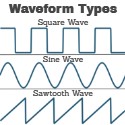
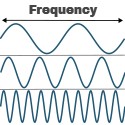
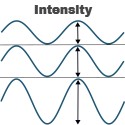
All pulsed magnetic fields will have these 3 attributes, and this means that every PEMF, whether in a research study, or from a PEMF device or PEMF mat, can be classified in this manner.
A waveform can take different shapes as shown above, frequency is the rate of the pulse, while intensity is how high the waveform spikes.
There is a caveat to defining PEMF which is whether or not a device uses a carrier signal, which confuses these principles of defining PEMF because in the case of low grade PEMF devices which pulse a carrier signal, you basically have a signal within a signal – which really confounds the concept of signal frequency.
What does the PEMF of 335 research studies look like?
We did a macro-analysis of 335 PEMF research studies from Pubmed, and we’re actually able to classify the PEMF used in those studies by their waveform, frequency and intensity like in the example image above.
You can check out all of those PEMF research studies in a database I built with search functions to filter by things like frequency, intensity or even topic of study.
For more on the process of analyzing the studies in the database and what questions we were able to answer from the analysis check out our main PEMF therapy page.
I think it’s helpful to our understanding of PEMF to get what’s out there at the moment – it is a pretty new therapy overall, and having a bird’s eye view of the PEMF configurations of a few hundred PEMF studies lets us see more or less where the research is at – so we have an idea when we go to compare PEMF products against one another.
Now let’s see what those PEMF waveforms, frequencies and intensities were, that were used in these research studies.
Waveforms, Frequencies & Intensities of the 335 PEMF Studies
As with any PEMF, every research study on PEMF is performed using a particular waveform, intensity and frequency.
In fact, we specifically focused on including research studies for our database which included this information to allow us to perform this type of macro-analysis.
Then we tallied up how many studies used each particular waveform type, frequency or intensity level and charted the results for you here.
Waveforms
Of the 335 studies in our database, 77 mentioned what waveform was used and you can see the distribution between these different types of waveforms on the chart below.
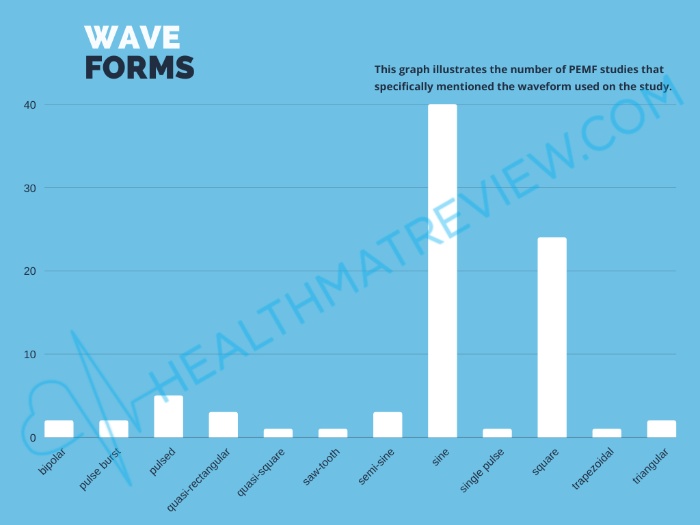
It’s clear from this chart that the most widely researched PEMF waveform is the sine wave, followed closely by a square wave.
This may be useful information to you if you are shopping for an effective PEMF device, to look for one which offers both of these waveform options.
Frequencies
Of the 335 PEMF studies, 302 indicated which frequency they used, and some tested multiple frequencies.
The testing of multiple frequencies in some studies is why on the chart below, you’ll count 398 studies if you add up the numbers in all of the bars.
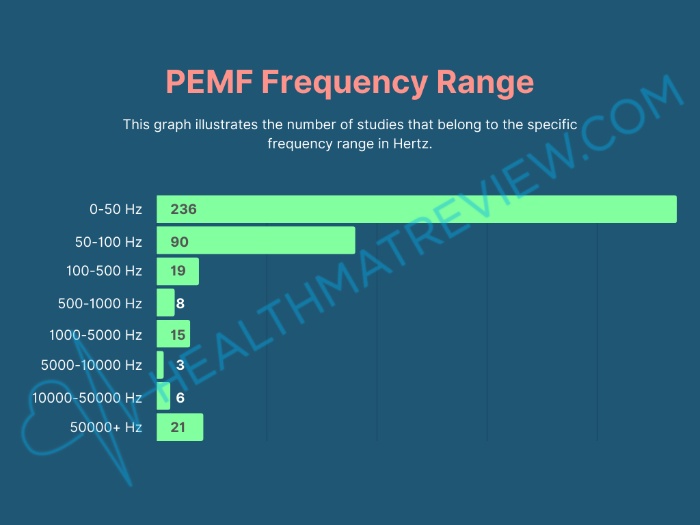
Frequency is denoted in Hz, or Hertz, 1 Hz meaning once per second, 2 Hz being twice per second, and so on. Frequency range bands indicated along the left hand side.
The clear observation we see is that the great majority of studies were performed in the 0 to 50 Hz frequency range, followed next by the 50 to 100 Hz range.
As you’ll see on our Does PEMF Therapy Really Work page, studies in the low frequency range returned many positive results. This provides a helpful perspective when shopping for a PEMF device/mat, to look for one offering low frequencies.
Intensities
From the pool of the 335 studies, 249 indicated which intensity was used in their experiments, and some evaluated multiple intensities.
Adding up the number of studies indicated in each range band comes to 356 total because of these studies which tested more than one intensity.
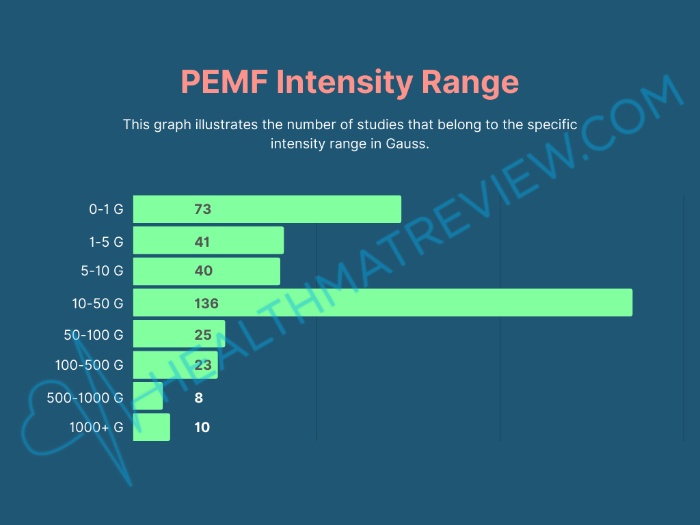
Magnetic Field Intensity is denoted in Gauss with intensity range bands indicated along the left hand side.
Considering the intensity range bands it’s important to note some of the bands are wider than others.
In the 10 to 50 Gauss range, a 40 Gauss wide band, 136 studies were performed as seen above, however, more than half this number, 73, were performed in just the first range band with a width of only a single Gauss alone, from 0 to 1 Gauss.
Another way to look at this is there were 154 studies performed in a range of only 10 Gauss, from 0 to 10 Gauss, which comprises the first 3 range bands together.
Like with the distribution of frequencies tested, we can see the focus of PEMF research is looking at the lower intensity ranges and this is also where the majority of positive results are found.
This makes low intensity options another important consideration when shopping for a PEMF device.
If you found this interesting check these out next
If you want to read more about the analysis we did of those 335 PEMF studies check out our PEMF therapy page linked here, browse through the studies yourself – all linked back to the original on the Pubmed website – check out the PEMF Study Explorer; or if you want to compare PEMF mats you can get to use yourself at home check out the best PEMF mats page.



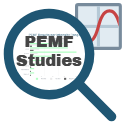


Comments are moderated. Tick “Email me when my question is replied to” to get notified.